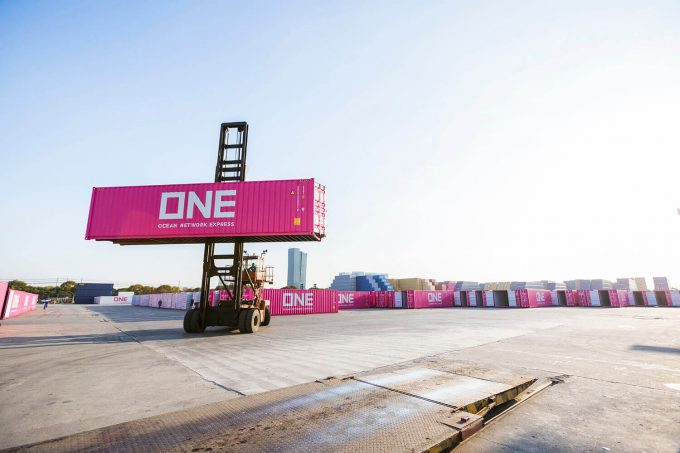OOCL gains market share in Q1, with 'very strong' financials unveiled by Cosco
Volumes carried by Cosco-owned container line OOCL in the first quarter soared, compared with the ...

Japanese carrier Ocean Network Express (ONE) is set to see losses spiral to $600m in its first year, as it struggles to “restore the trust of customers” after the chaotic April launch.
ONE has alerted shareholders of K Line, MOL and NYK to a $310m loss for the half-year period to 30 ...
CMA CGM South Korean staff strike over bonuses after bumper 2024 profit
MSC switches two more Asia-Europe port calls from congested Antwerp
CMA airline returns two freighters, while ANA takeover of NCA looms
Front-loading frenzy has made traditional H2 peak season 'unlikely'
Nightmare for Bangladeshi exporters as congestion and tariffs bite
Tradelanes: Export boom in Indian sub-continent triggers rise in airfreight rates
Carriers introduce surcharges as congestion builds at African ports
Mexican airport modernisation plan unlikely to boost cargo facilities

Comment on this article
Howard Schweizer
October 16, 2018 at 4:55 pmThe comments from ONE Management acknowledging they have a problem are an encouraging sign that someone is paying attention.
Unfortunately this has not translated to their actual Sales Group who are still not addressing the abandoned customer issues.
Imran solanki
October 17, 2018 at 4:24 amNot specified what is the reason po f falling one line…..
ex customer
October 17, 2018 at 4:02 pmIf the management team really believe they are back on track proves they have no idea what is going on in Europe or USA. Awful customer service and no one cares.